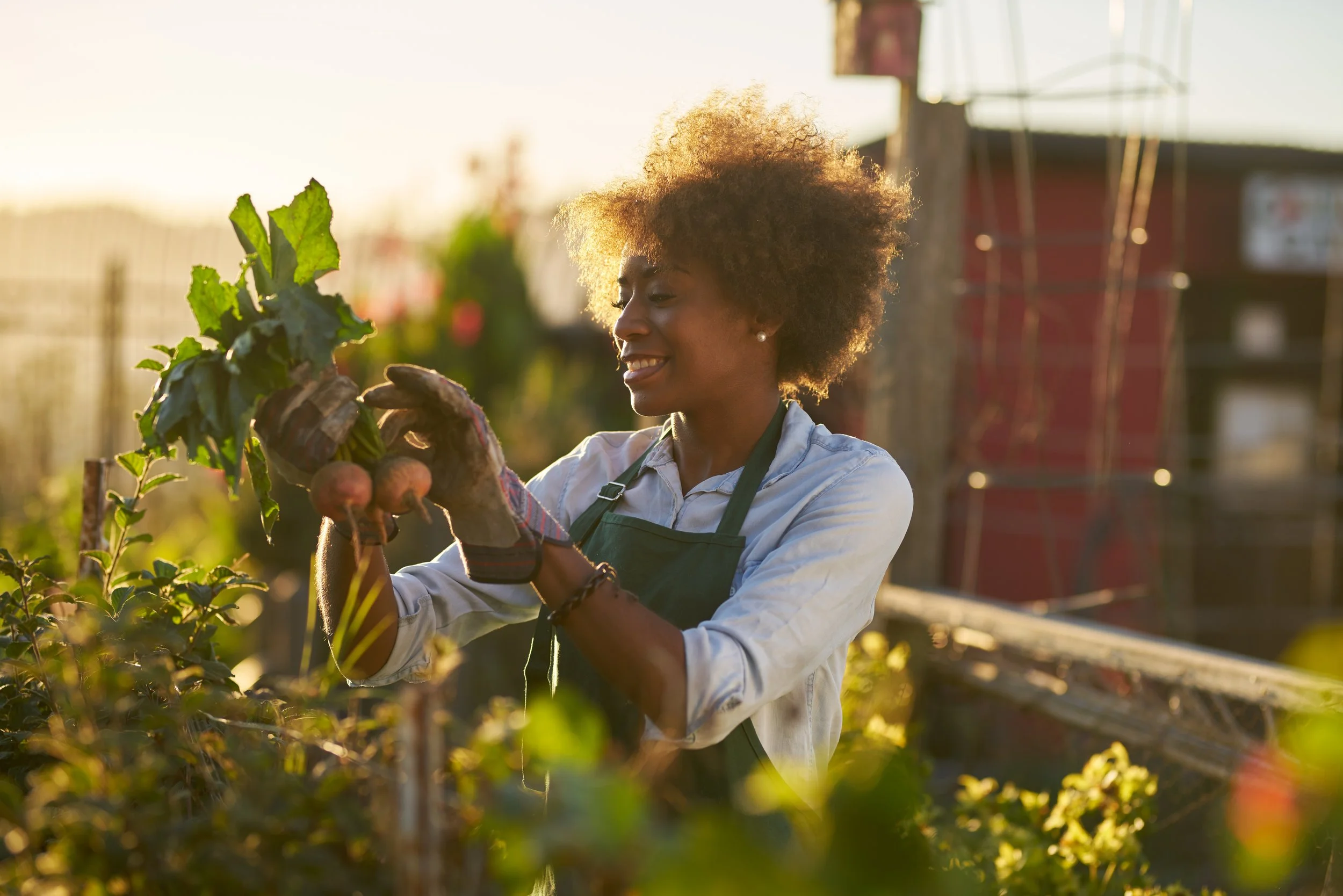Guide to Growing Domestic Edible Crops and Other Useful Plants
When we first started Spadefoot Nursery, we intended on only regionally growing native plants. Our perspective is ecological, and supporting wildlife is very important to our values. In recent years, ecology has been updated to include the perspectives of indigenous people who have a different view of ecology—one that doesn’t omit humans but where humans are part of the ecology. Ecological perspectives, until recently, treated life on earth as separate from human beings, or rather human beings as separate from ecology. This is a mistake, and a perspective that has allowed humans to continue their exploitation of nature while simultaneously ignoring the consequences. Humans are part of ecology, and in order to heal our lands, we need to belong to them.
The influence of the history of colonization has caused us to ignore the consequences of exploitation—once we use up resources in one region, we move onto another. Land-based cultures, cultures that revolve around a sense of place, know better than to over-harvest wild plants, or to render a landscape barren. Sustainability starts with localizing where our resources come from.
Learning to grow your own food in the region where you live is a start in the right direction. When you grow your own food, you also become a more intelligent and informed consumer. And if one want to ensure that their food is clean, and devoid of pesticides, there is nothing better than growing your own food. Even if you start by growing just one ingredient you are dependent on, you are taking a step in the right direction.
When learning how to grow food, it is important to get your information from a local source, whenever possible. We aim to be one of those important local sources of information.

